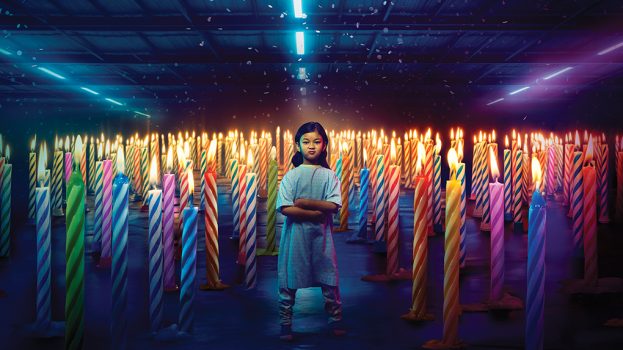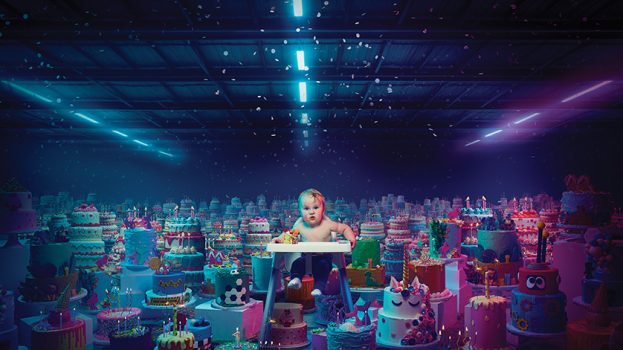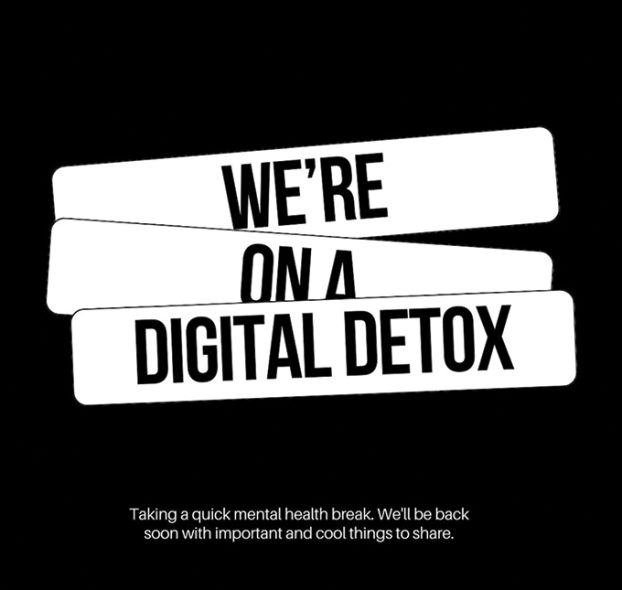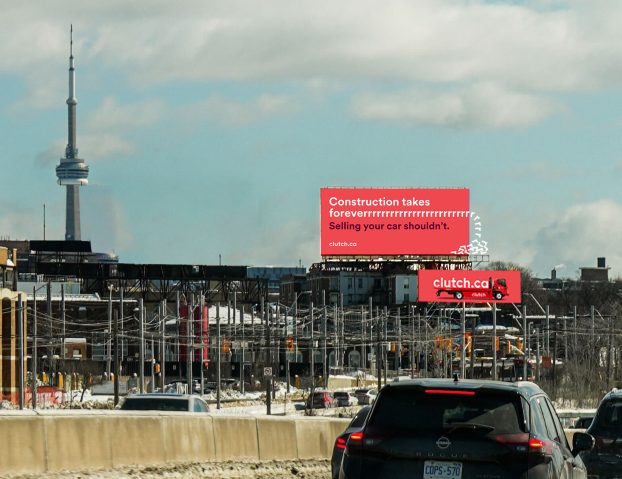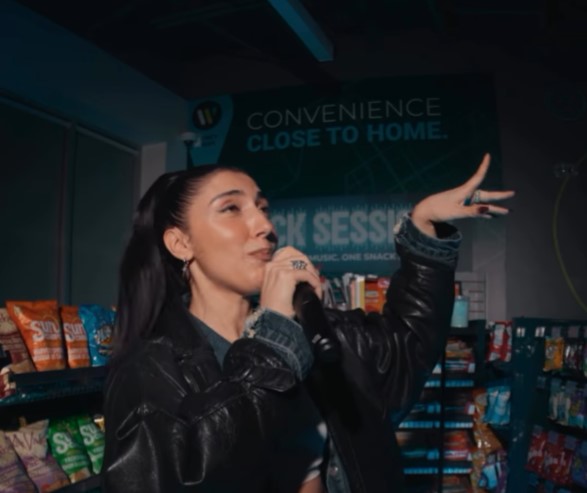Dentsu has begun the process of consolidating its 160 global agencies down to just six global leadership brands over the next two years, while adopting an internal solutions-based model for integration between shops that was piloted in Canada.
The shift, which was first discussed in November of last year, will see the network pare down its roster to Carat, Dentsu, DentsuMcgarrybowen, Iprospect, Isobar and Merkle (which launched in Canada just over a week ago). In addition, three specialty shops will remain in Canada: integrated creative shop DentsuOne (formerly known as Grip, before being made part of the DentsuOne network at the end of February), healthcare agency Antibody and social agency ICUC.
On a call with strategy, Jeff Greenspoon, CEO of Dentsu Canada explained the move was driven by insight provided by industry analyst Jay Pattisall at Forrester that “clients want fewer partners solving bigger problems.”
“As a network, we were a little bit too complex,” he says. “We had too many brands, too many agencies, and it was starting to get a little bit confusing for our clients and for the market.”
It is creating centres of excellence by unifying all of the agencies’ business functions and fully integrating every brand, Greenspoon says. The target is what he calls “radical collaboration.”
“One of the primary reasons we simplified our organization is so that we could ‘team’ better,” explains Greenspoon. “We would know where all of our capabilities sit, how we are organized and how we can easily tap into the right people at the right time for any client challenge, no matter which agency within Dentsu they sit in.”
Greater integration has been a goal for many agency networks, especially in recent years.
“We’ve put in place people, teams, processes and technologies that help bring our people together,” he says, pointing to what the company calls its “brand solutions practice,” a new initiative that was piloted in Canada in 2019-20 and that has since become global in scale, “dedicated to the integration of all of our services and capabilities.”
According to Simren Deogun, VP of brand solutions for Dentsu, the practice “functions as a heartbeat that sits across the organization.”
Greenspoon also noted that it’s collaborating differently – instead of pulling experts from different service lines into individual teams dedicated to a single client, those experts hold a “dual identity” where they join a team, but still remain immersed in their current discipline.
“If you disconnect talent from their craft, they’re not going to be as strong, they’re only going to be focused on the solution itself,” he says. “But if we can be the best at our craft vertically and the best at integration horizontally, we believe we will come out with much stronger results.”
As an example of this new integrated approach, Greenspoon pointed to “Cadillac Live,” which he says pulled talent from Dentsu’s creative, media, data and technology service lines to deliver “a car dealership that didn’t really look like a car dealership at all.” The project, which was launched for GM in Canada but was later adopted internationally, delivers a personalized experience to customers, at scale.
Ultimately, Dentsu’s new structure will present a more flexible option to potential clients, with contracts that are “much more on-demand and much less fixed,” he says, and the possibility of bespoke service models that can adapt to and change with the needs of the client’s business.
“What was driving this was a need to look at what the market needed and not what our competitors were saying or doing,” says Greenspoon. “We don’t consider ourselves a holding company, we consider ourselves a network.”



